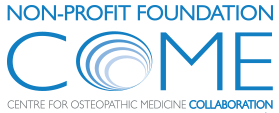An international consensus on gaps in mechanisms of forced-based manipulation research: findings from a nominal group technique
| By Patrick van Dun | 0 Comments
Force-Based Manipulation (FBM) including light touch, pressure, massage, mobilization, thrust manipulation, and needling techniques are utilized across several disciplines to provide clinical analgesia. These commonly used techniques demonstrate the ability to improve pain-related outcomes; however, mechanisms behind why analgesia occurs with these hands-on interventions has been understudied. Neurological, neuroimmune, biomechanical, neurovascular, neurotransmitter, and contextual factor […]
Continue reading...






